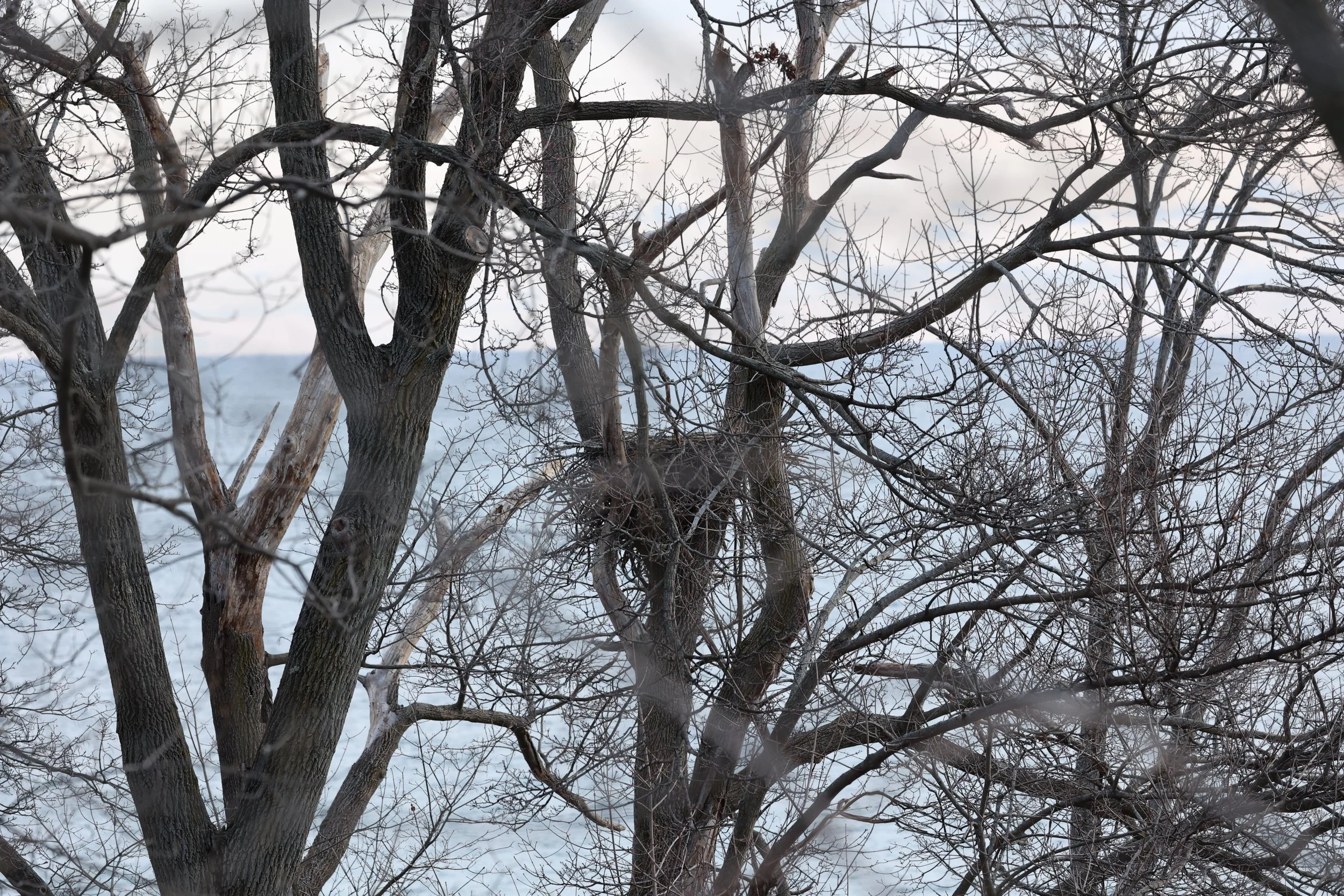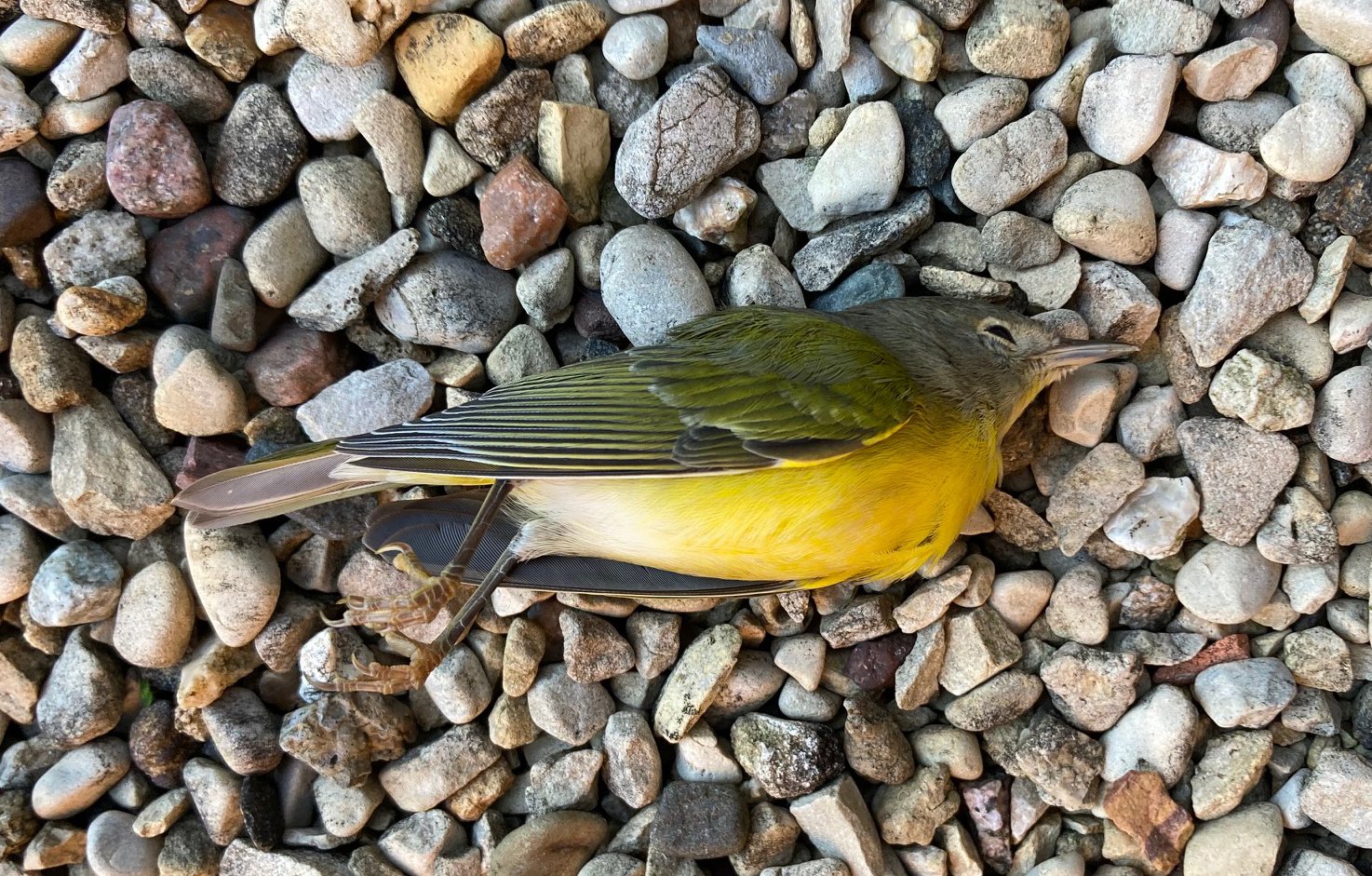The developers might appeal. Just my opinion but I think they should not. The judge got this right. Secondly, the developers said this would add too much expense to new buildings. You just have to drive around town, dodging dump trucks, cranes (the equipment, not the birds), and other construction gear to see that developers and builders are flourishing in Madison these days. The notion that using one of several affordable steps to make sure the windows don't kill birds will hamper the development and construction business is laughable. Developers should recognize they have a responsibility to take reasonable, affordable steps to protect our environment and that includes our birds. Finally, developers and builders might want to consider that this lawsuit made them look like, to speak bluntly, jerks.
I'll probably have one dispute with Madison Audubon about this blog. Matt and Brenna are exceedingly modest folks who might think this blog praises them too highly. I'll try to maintain their recognition. One purpose of this blog is to let you know what Madison Audubon does. In this case, you need to know how our staff protected our birds quickly, decisively, and effectively.
Written by Topf Wells, Madison Audubon advocacy committee chair
Cover photo by Monica Hall












